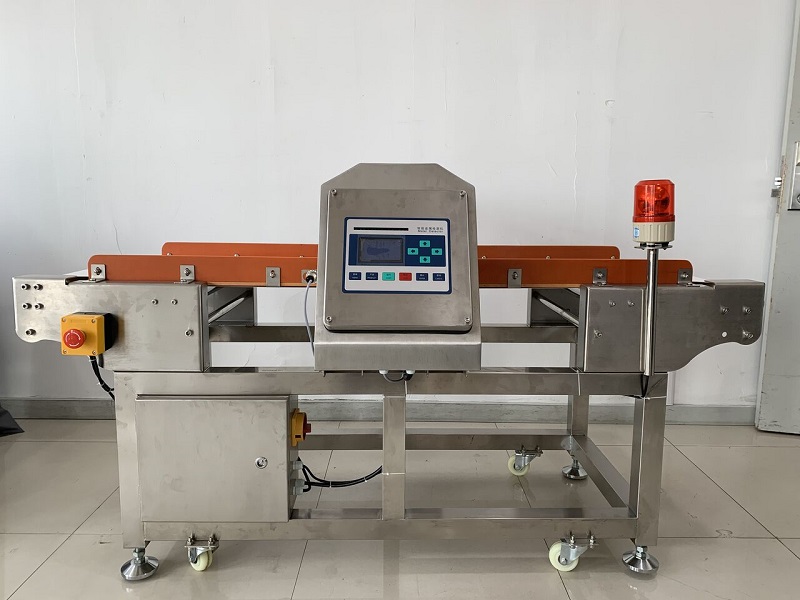Metal detectors play an important role in the textile industry and are used to detect metal impurities that may exist in textiles.

In the textile industry, metal detectors should be sensitive enough to detect tiny metal impurities to ensure product quality and safety.
The textile industry usually requires high output, so metal detectors should be capable of high-speed detection without affecting the normal operation of the production line.
There are many types of textiles and metal detectors need to be able to adapt to different types of textile materials such as cotton, wool, synthetic fibers, etc.
Metal detectors should have stable and reliable performance, avoid false positives and missed detections, and ensure product quality and safety.
Metal detectors should have an easy-to-understand interface for the operator to use and adjust parameters, while maintenance and cleaning should be as easy as possible.
The production environment in the textile industry may be diverse, and metal detectors need to be able to adapt to different working environments and temperatures.
Metal detectors should have data recording and traceability functions, and record the detection results of each product to facilitate quality traceability and management.
Metal detectors should comply with relevant safety standards to ensure the safety of operators during use.
Metal detectors should have a variety of alarm methods, such as sound, light, screen display, etc., to ensure that metal impurities are found in time.
Textiles may come in different sizes and shapes, and metal detectors need to be adaptable to detect products of different sizes and shapes.
We need to choose the appropriate metal detector model and configuration according to the specific production needs and textile characteristics to meet the requirements of the textile industry.
